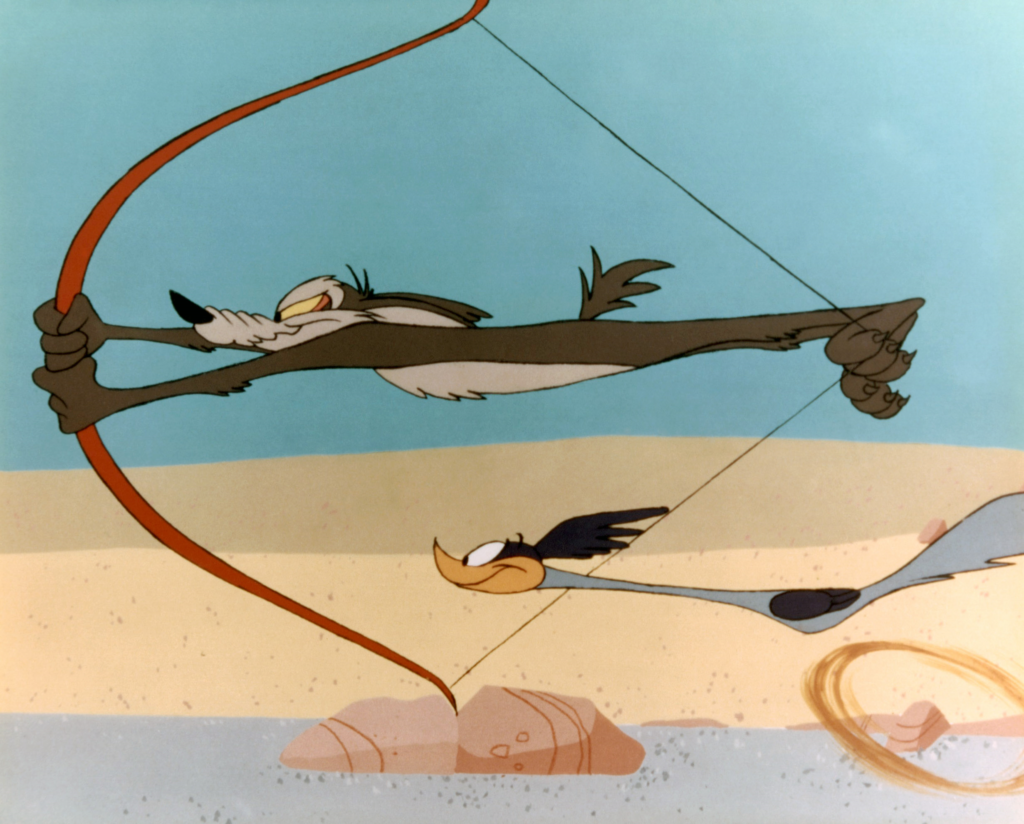Remember when Saturday mornings meant something special? Before cable TV and streaming services turned every day into cartoon day, we had that magical window from 8 AM to noon when the networks actually cared about kids. Sure, every show tried to sneak in some lesson about sharing or telling the truth, but let’s be honest – we were learning way more practical stuff than they ever intended to teach us.
1. Physics Laws Are More Like Guidelines
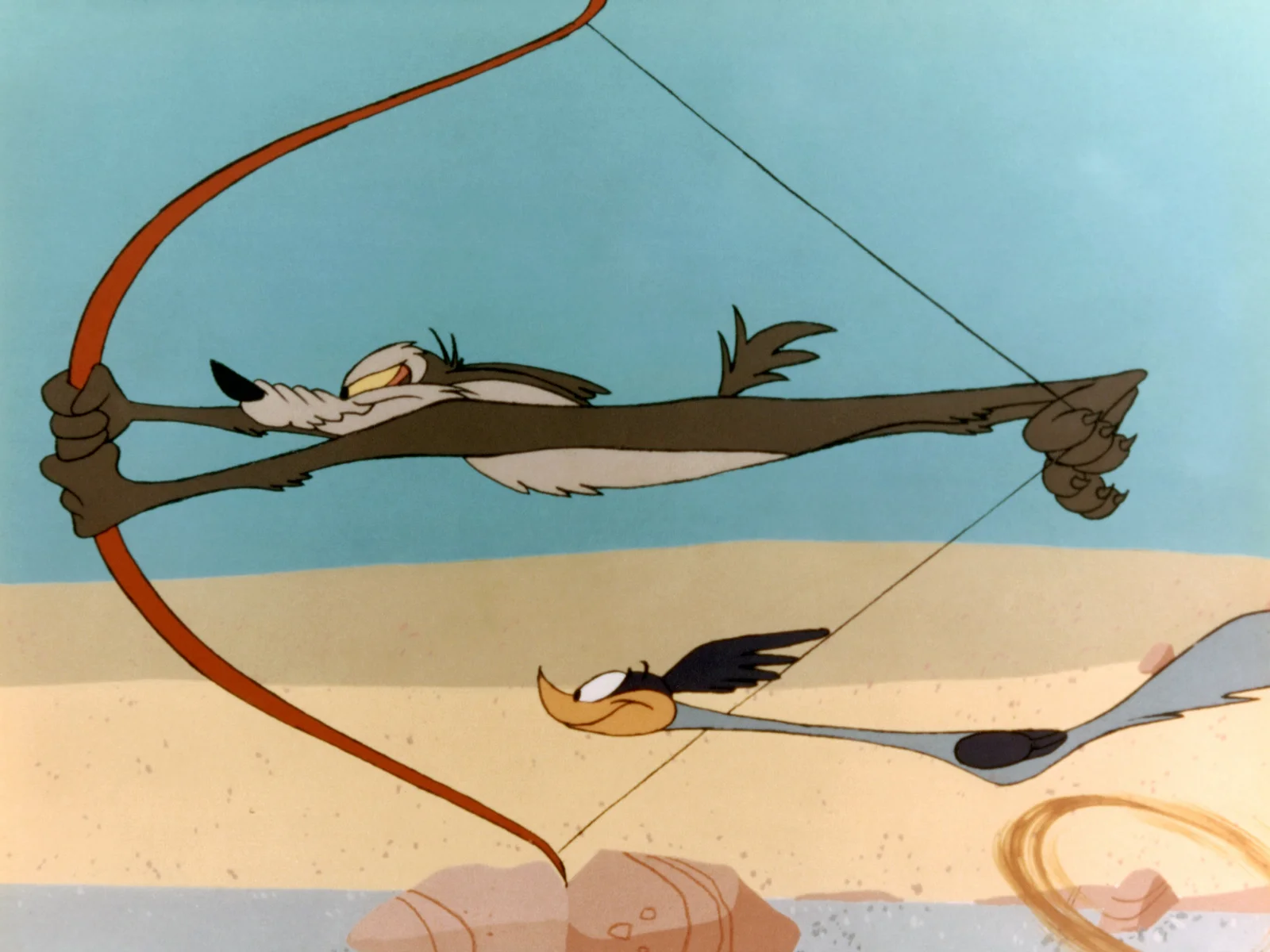
Wile E. Coyote taught us that gravity only works when you look down. Watch any Road Runner cartoon and you’ll notice that characters can run off cliffs and hover in mid-air indefinitely – as long as they don’t realize they’re no longer on solid ground. The moment they glance down with that classic gulp, down they plummet with a distant whistle and a puff of dust.
This principle extended far beyond desert chases. Tom could get flattened by a steamroller and pop back to normal shape with a simple shake. Jerry could survive explosions that left him charcoal-black but otherwise unharmed. We learned that the laws of physics were really more like polite suggestions that could be ignored for comedic effect.
2. Disguises Only Need to Cover 40% of Your Face
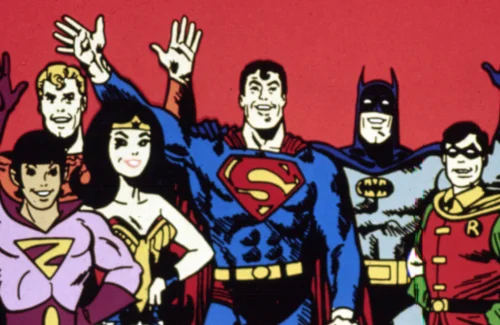
Superman’s Clark Kent glasses weren’t the only masterclass in minimal disguise work. Penelope Pitstop could fool anyone with just a scarf over her hair. The Pink Panther could become completely unrecognizable by simply putting on a mustache or hat, despite being a bright pink panther in a world of normal-colored animals.
Saturday morning cartoons taught us that identity was surprisingly fluid and easy to manipulate. A simple mask, wig, or even just changing your voice was enough to fool friends, enemies, and law enforcement alike. We learned that people see what they expect to see, and a little bit of theater goes a long way in everyday life.
3. Breakfast Cereals Are a Valid Food Group
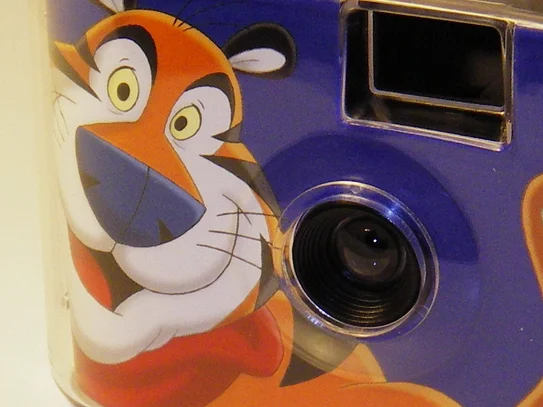
Every commercial break hammered home the nutritional importance of sugar-coated corn flakes. Tony the Tiger insisted that Frosted Flakes weren’t just great – they were the foundation of athletic excellence. Lucky the Leprechaun taught us that marshmallows were an essential part of a balanced breakfast, especially when they were shaped like tiny moons and stars.
The cereal ads were so convincing that we genuinely believed these products contained magical properties. Count Chocula promised to make us brave enough to face any monster. Trix Rabbit showed us that some foods were so delicious, adults would go to extraordinary lengths to keep them from us kids, making them even more desirable.
4. Problems Can Always Be Solved in Exactly 22 Minutes
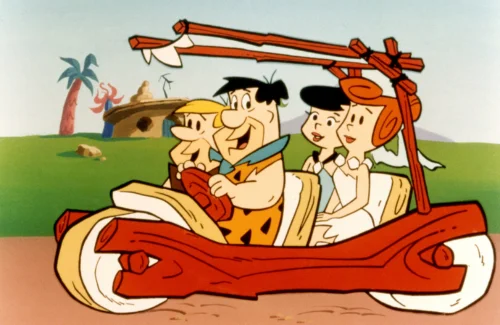
The Flintstones taught us that even Stone Age families could resolve marital spats, workplace drama, and best friend feuds within a single episode. Fred could mess up spectacularly, lose Barney’s friendship, get fired from the quarry, and still have everything back to normal by the closing credits. No problem was too big for the commercial break reset button.
This time management principle extended across all our favorite shows. Scooby-Doo could unmask any supernatural mystery, no matter how complex, in under half an hour. The Jetsons showed us that even in the space age, family disagreements followed the same predictable arc from conflict to resolution, usually involving a misunderstanding that could have been cleared up with one honest conversation.
5. Talking Animals Are Totally Normal Roommates
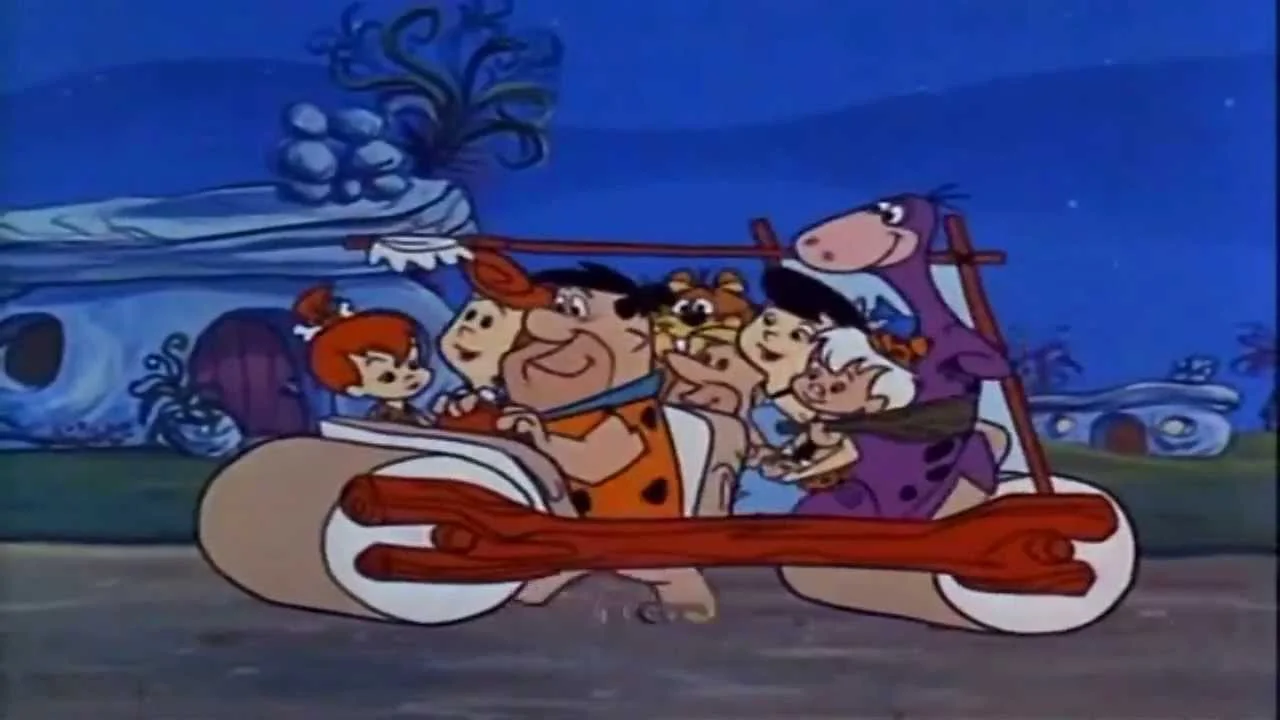
The Flintstones normalized the idea of having a pet dinosaur who not only talked but had strong opinions about household management. Dino wasn’t just Fred’s pet – he was a full family member with his own personality, preferences, and occasional attitude problems. The show taught us that the ideal pet should be able to hold up their end of a conversation and maybe help with some light housework.
This wasn’t limited to prehistoric times either. The Jetsons’ dog Astro proved that even in the future, the best pets would be the ones who could sass you back when you made poor decisions. We learned that the line between pet and family member was really just a matter of vocabulary, and the best companions were those who weren’t afraid to tell you when you were being ridiculous.
6. Adults Are Fundamentally Clueless
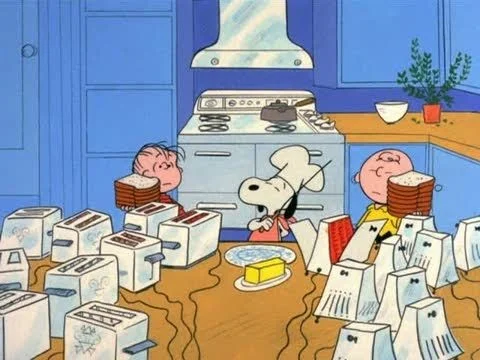
Charlie Brown’s teacher was just “wah wah wah wah,” but honestly, most cartoon adults weren’t much more coherent. The parents in Tom and Jerry were represented by legs and feet, because apparently nothing above the waist was worth paying attention to. When adults did appear fully on screen, they were usually either bumbling authority figures or completely oblivious to the chaos happening right under their noses.
This taught us that grown-ups existed in their own separate reality where important things like cartoon physics and talking animals somehow escaped their notice. We learned that adults missed most of the interesting stuff happening in the world because they were too busy worrying about boring things like jobs and mortgages. The real action was always happening at kid-eye level.
7. Sandwiches Should Be Architecturally Impossible
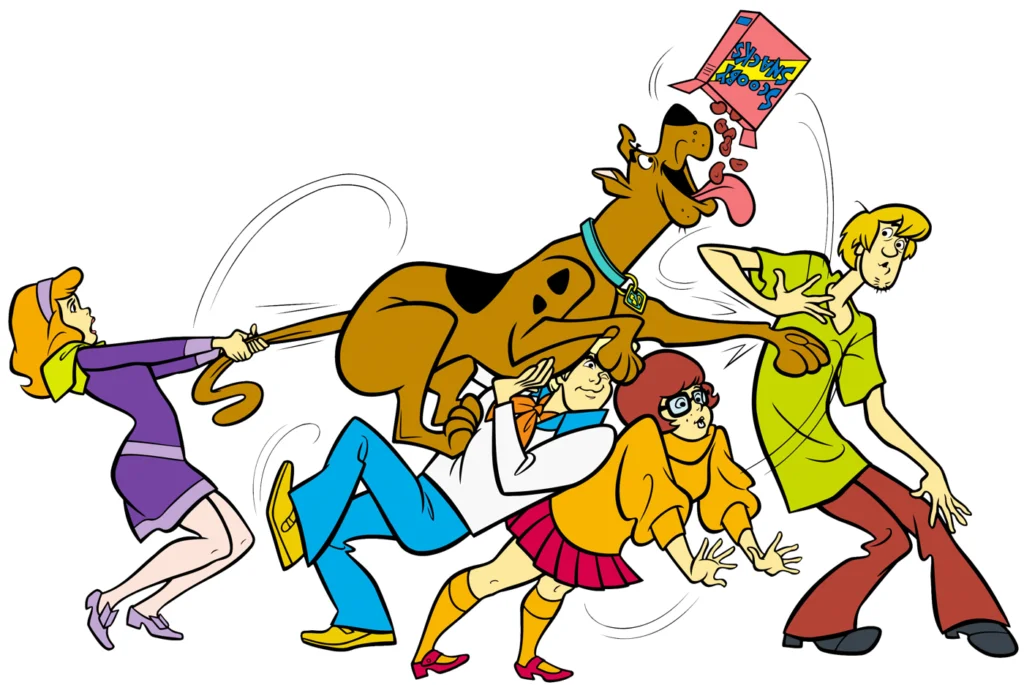
Scooby-Doo and Shaggy elevated sandwich construction to an art form that defied both gravity and common sense. Their creations towered several feet high, containing everything from multiple meats and cheeses to entire pickles, whole vegetables, and sometimes what appeared to be small household appliances. These edible skyscrapers somehow held together long enough to be consumed in two or three enormous bites.
We learned that cooking was really just engineering with food, and the only limit was your imagination and structural integrity. The bigger and more ridiculous your sandwich, the more satisfying it would be. Normal proportions were for people who lacked vision and ambition in the kitchen.
8. Every Problem Has a Gadget Solution
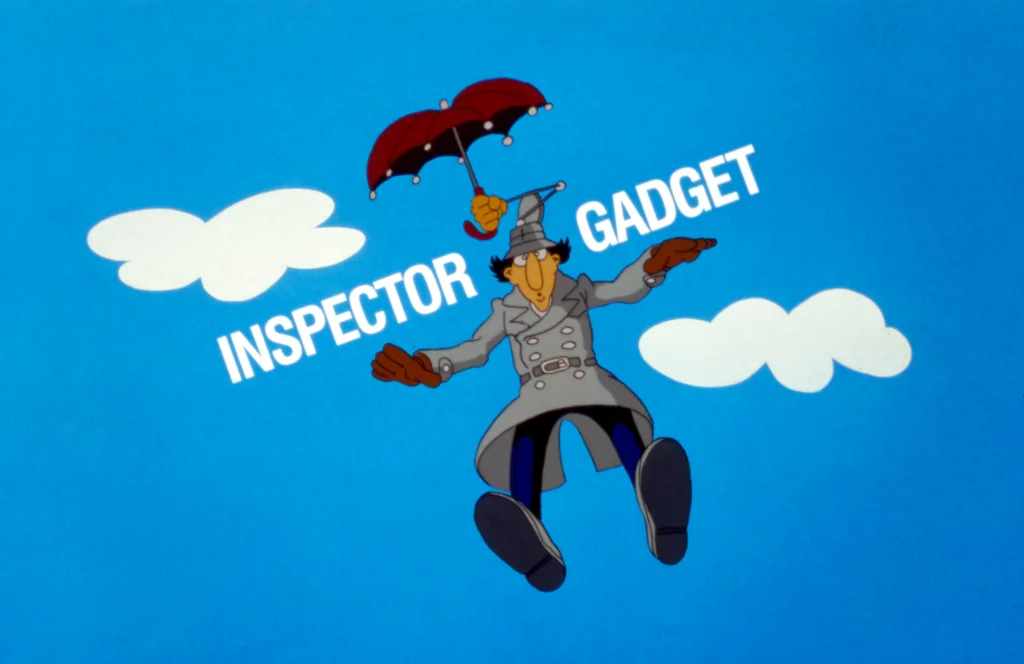
Inspector Gadget taught us that there was literally no situation that couldn’t be improved with the right mechanical device. Need to reach something high? Go-go-Gadget arms! Need to travel quickly? Go-go-Gadget helicopter hat! The fact that these gadgets usually malfunctioned spectacularly was beside the point – the important thing was having the right tool for every job.
This technological optimism extended beyond just one bumbling inspector. The Jetsons showed us a future where every mundane task had been automated, from dog walking to teeth brushing. We learned that human ingenuity would eventually create a machine for everything, and the main challenge would be remembering which button did what.
9. Villains Always Explain Their Plans in Detail
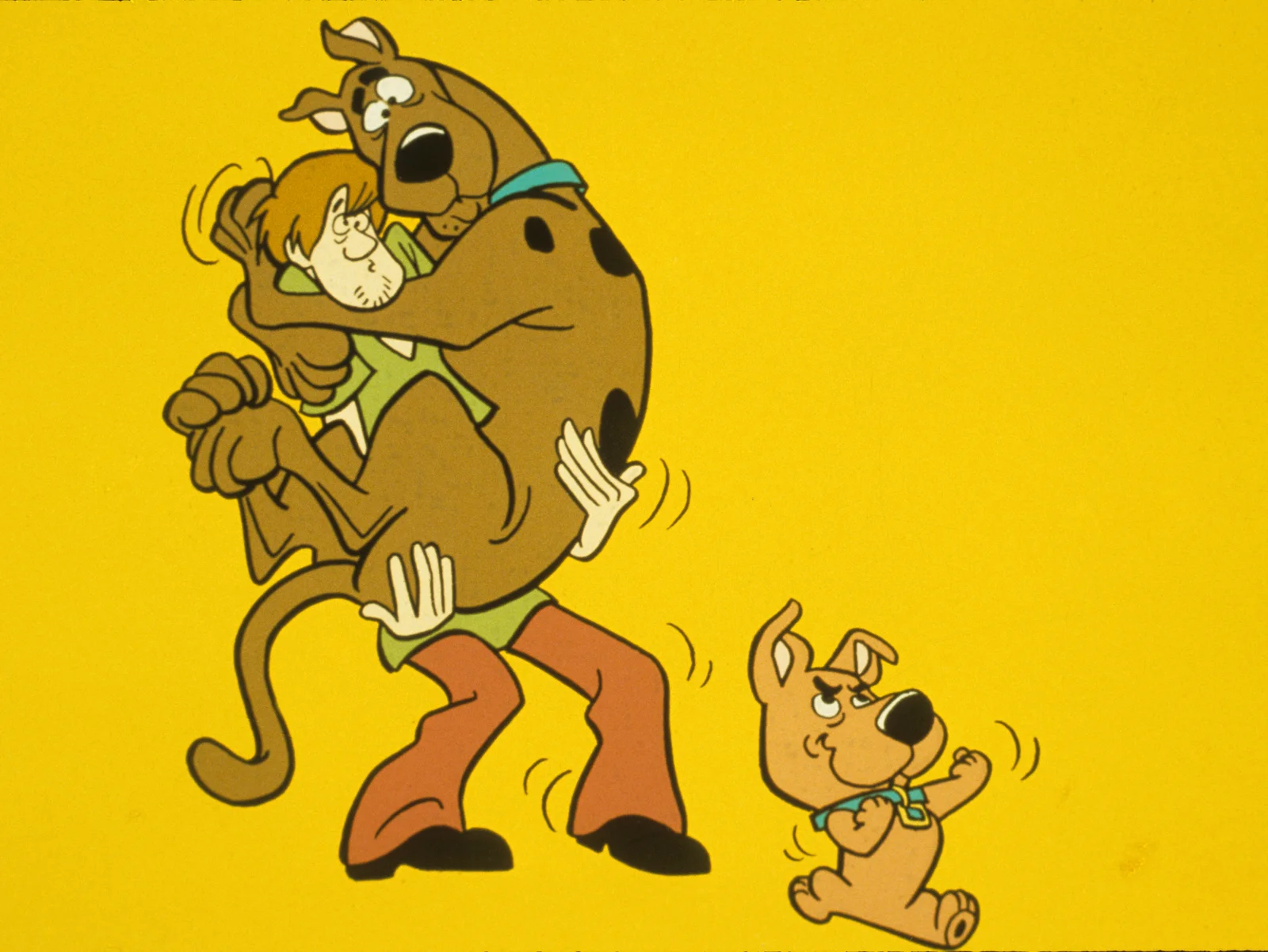
Thanks to countless Saturday morning bad guys, we learned that evil masterminds suffer from a compulsive need to monologue. Dr. Claw would spend precious minutes explaining exactly how his scheme would unfold, giving Inspector Gadget plenty of time to accidentally stumble into saving the day. The villains in Scooby-Doo were even worse, providing detailed confessions the moment their masks were removed.
This taught us that really smart people sometimes make really dumb mistakes, especially when their egos get involved. We learned that the downfall of most villains wasn’t superior heroic force, but their own inability to just do the evil thing without talking about it first. Apparently, what’s the point of having a brilliant plan if nobody gets to appreciate how brilliant it is?
10. Transportation Can Be Anything You Want It to Be
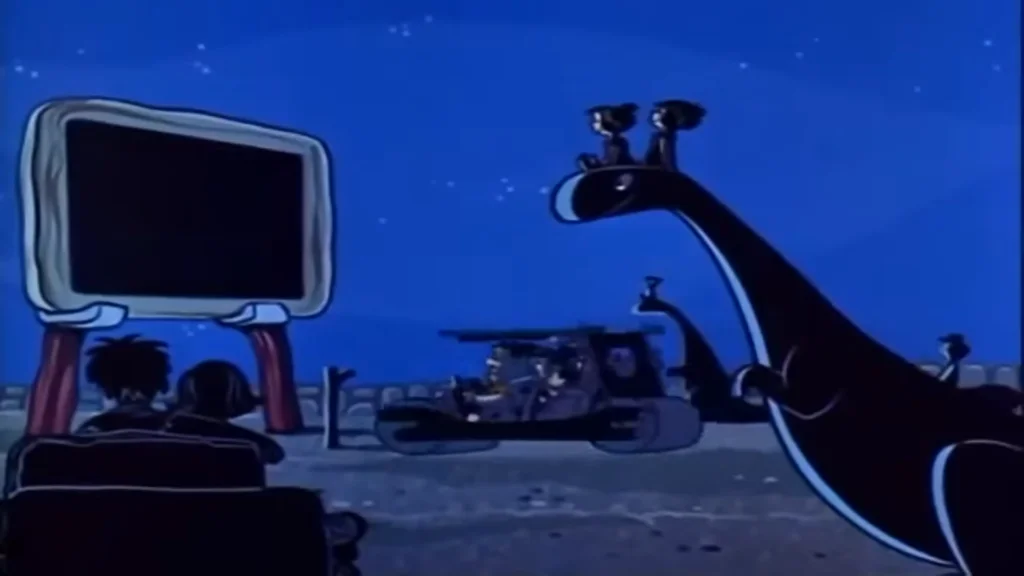
The Flintstones drove cars powered by their own feet, proving that innovation was really just about working with what you had available. Fred’s foot-powered vehicle was perfectly logical for the Stone Age, even if it seemed like more work than just walking. The important thing was maintaining the dignity of car ownership, regardless of the actual mechanics involved.
The Jetsons took the opposite approach, showing us that in the future, everything would fly and probably run on some kind of clean energy that nobody had to think about too hard. George Jetson’s flying car folded up into a briefcase, solving the eternal problem of parking. We learned that transportation was really just about getting from point A to point B in style, and the laws of physics were more like friendly suggestions.
11. Cooking Accidents Create New Recipes
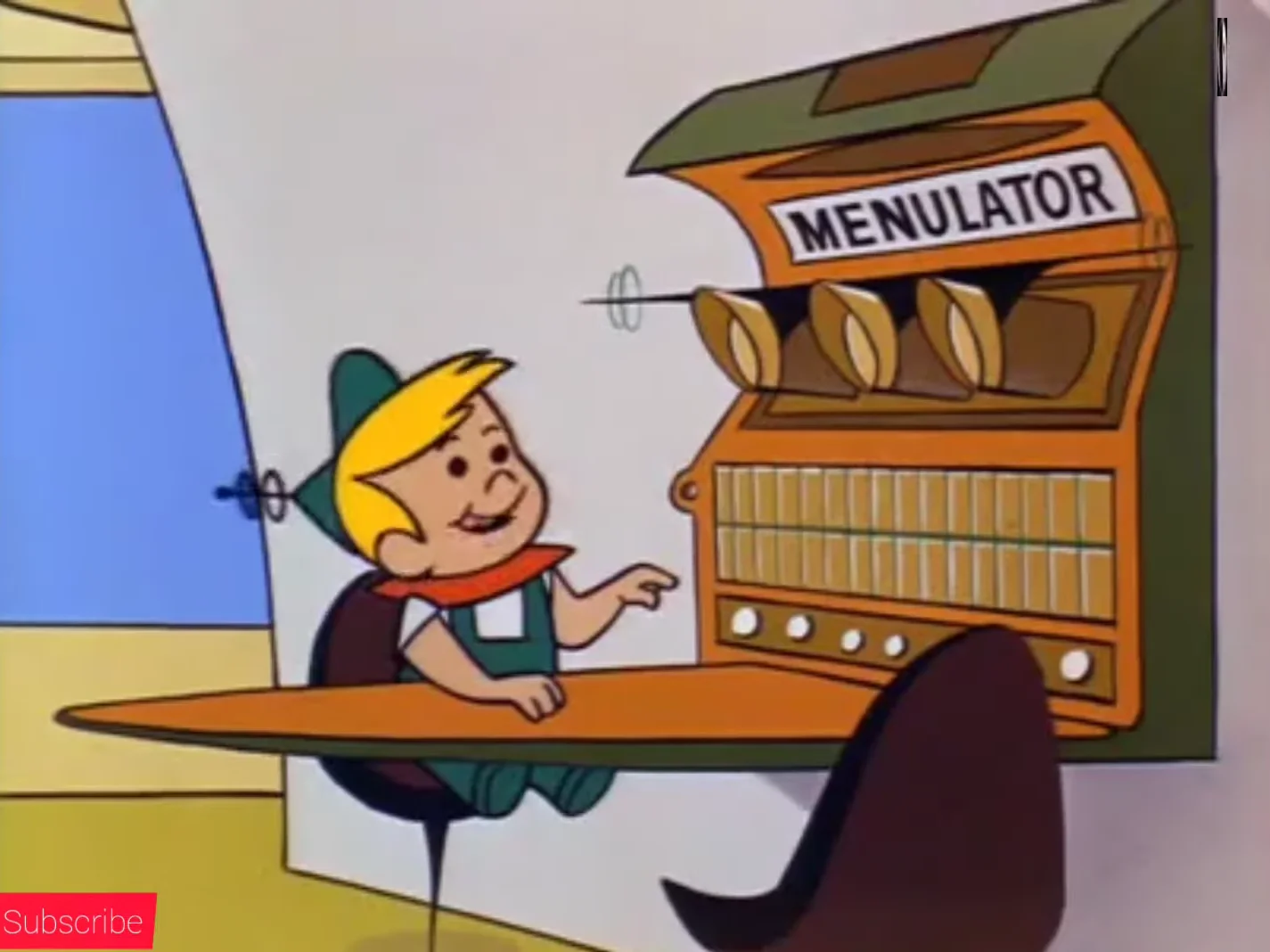
Watching cartoon characters accidentally create elaborate meals taught us that the best cooking happens when things go completely wrong. A character would slip on a banana peel, accidentally knock over seventeen different ingredients, and somehow end up with a perfect three-layer cake. These kitchen catastrophes always resulted in something more delicious than what they were originally trying to make.
We learned that following recipes was for people who lacked creativity and adventure. The most memorable meals came from happy accidents, mistaken measurements, and the occasional small explosion. Professional chefs on Saturday morning cartoons never seemed to measure anything anyway – they just threw ingredients around with wild abandon and somehow always stuck the landing.
12. Friendship Means Never Having to Say You’re Sorry (Out Loud)
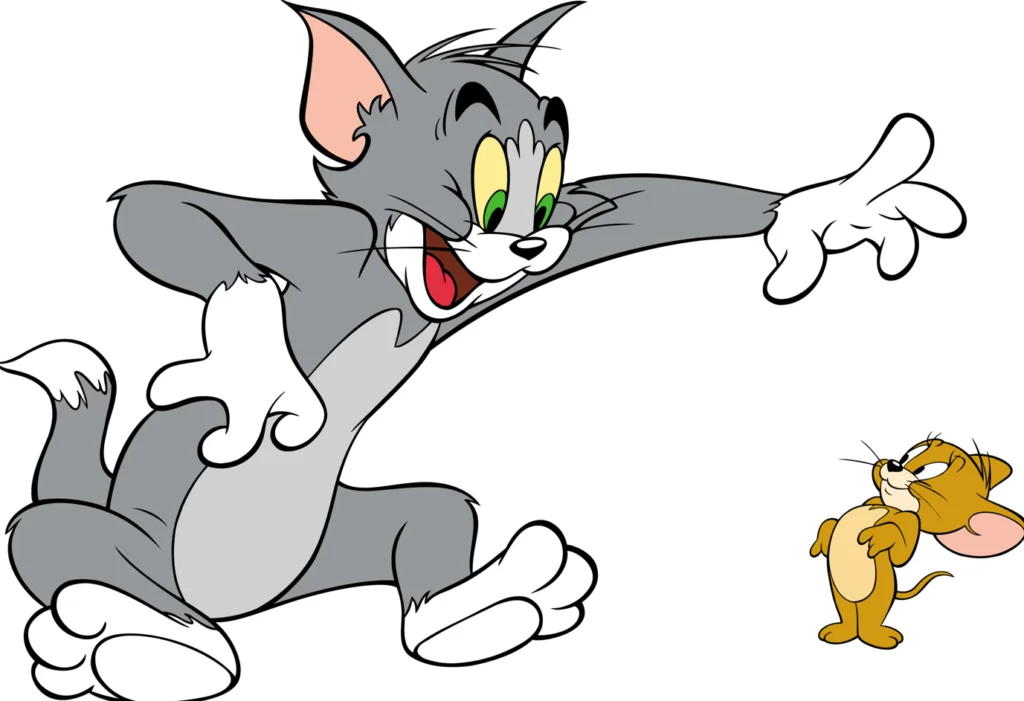
Tom and Jerry taught us that true friendship could exist even when you spent most of your time trying to destroy each other. Their elaborate schemes and counter-schemes were really just their way of showing they cared. The times when they actually worked together against a common enemy proved that all the chasing and trap-setting was just how they chose to spend quality time together.
Bugs Bunny and Daffy Duck had a similar relationship, constantly trying to one-up each other but always ending up as reluctant partners when it really mattered. We learned that some friendships are built on competition and gentle antagonism, and that the people who challenge you the most are often the ones who care about you the most.
13. Money Problems Are Always Temporary and Slightly Ridiculous
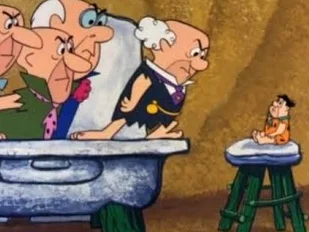
The Flintstones showed us that even when Fred got fired from the quarry (again), somehow the mortgage on that stone house always got paid and there was still money for bowling nights and lodge meetings. Financial stress in cartoon land lasted exactly as long as it took to set up the next joke. Betty and Barney always seemed to have enough money for elaborate schemes and vacations, despite Barney’s unclear employment situation.
Scrooge McDuck took this to the opposite extreme, showing us that having too much money created its own set of amusing problems, like where to store it all and how to swim through it properly. We learned that money was really just a plot device – characters had exactly as much as they needed to get into interesting situations, and exactly little enough to make those situations challenging.
Looking back, those Saturday morning cartoons taught us way more about life than any of us realized at the time. We learned about resilience from characters who could survive any catastrophe, creativity from heroes who solved problems with whatever was lying around, and optimism from shows where everything always worked out in the end. Maybe the real lesson wasn’t about sharing or honesty – maybe it was about finding joy in the ridiculous and never taking ourselves too seriously.
This story 13 Things We Learned from Saturday Morning Cartoons (That Had Nothing to Do with Morals) was first published on Takes Me Back.

